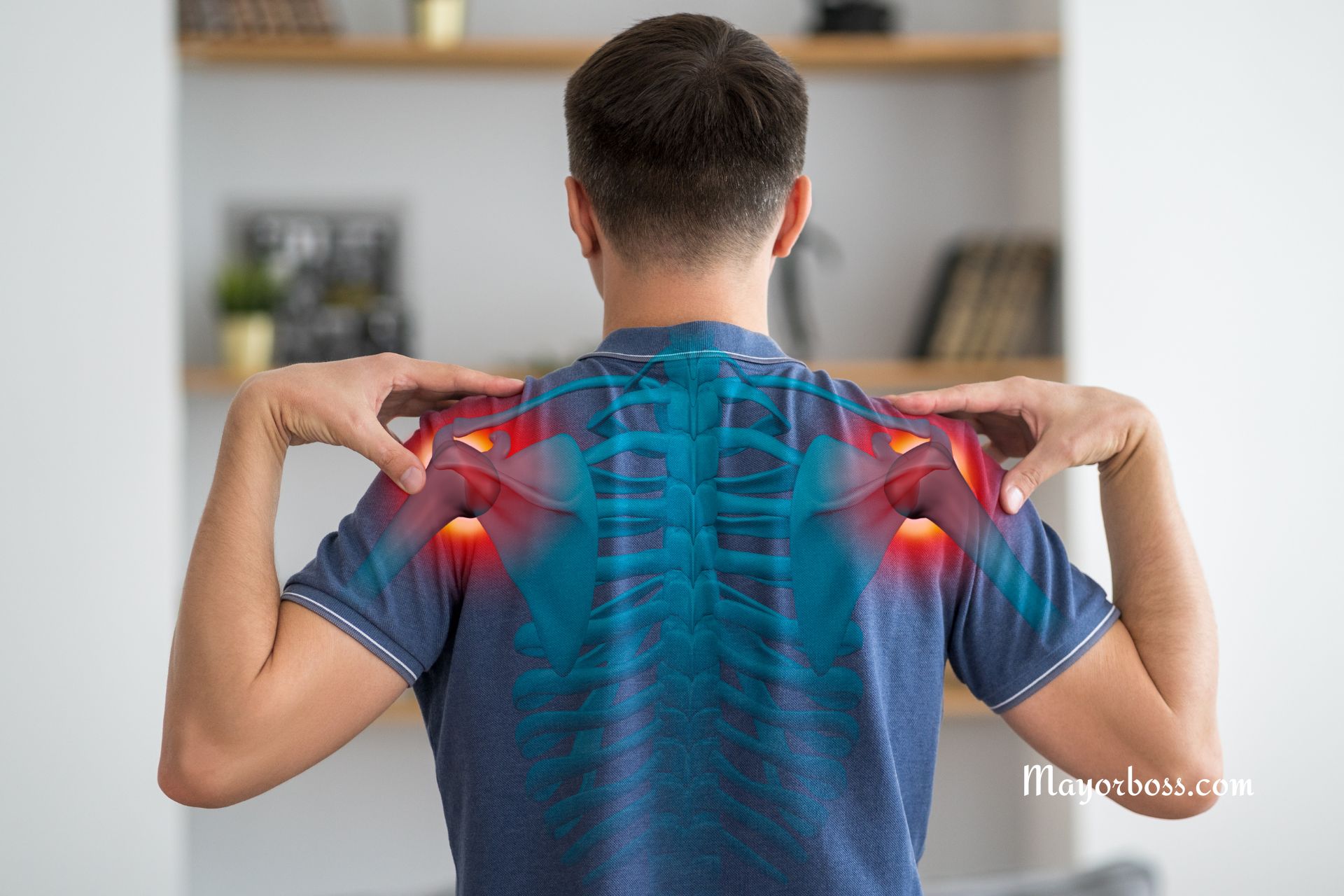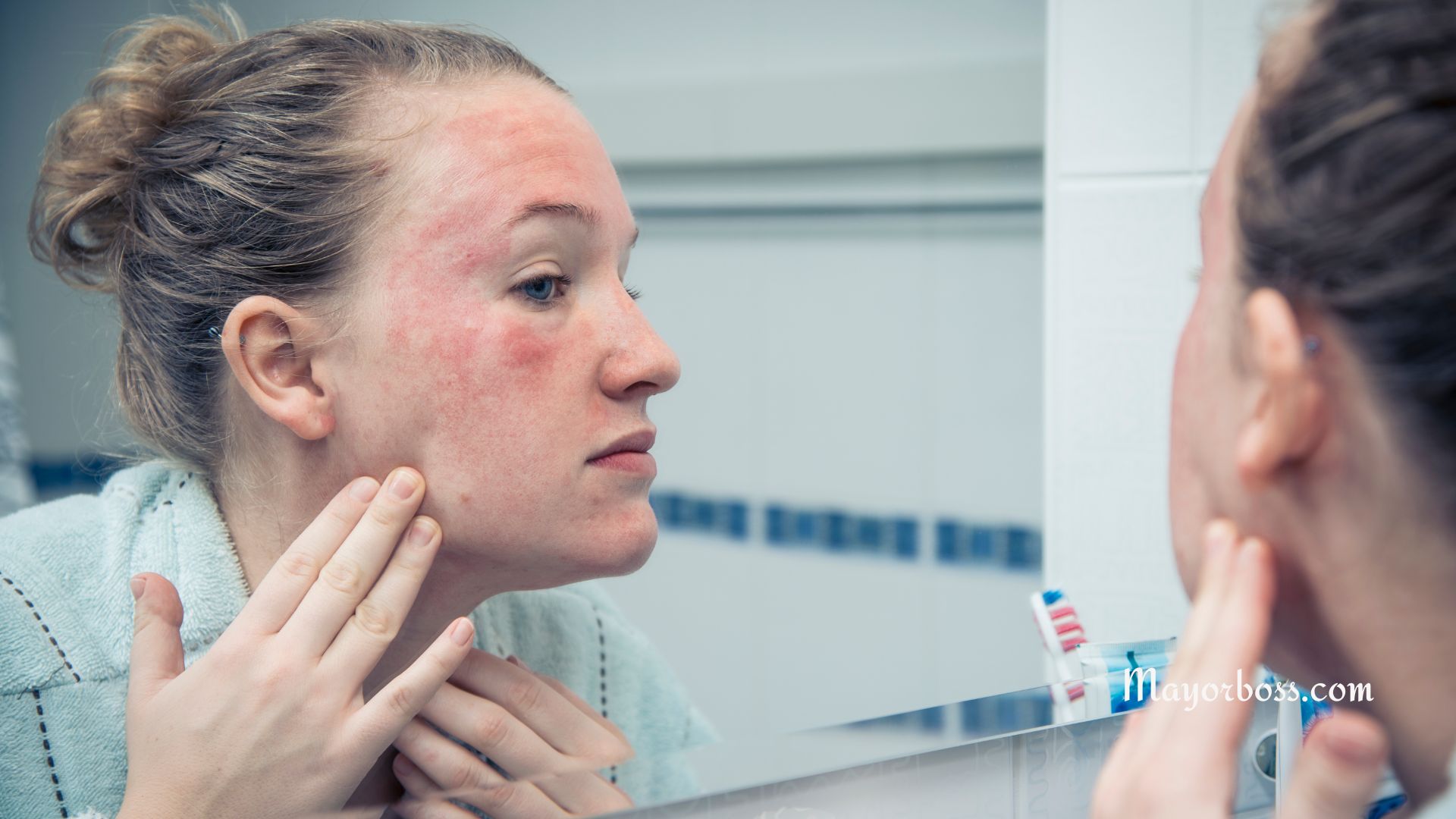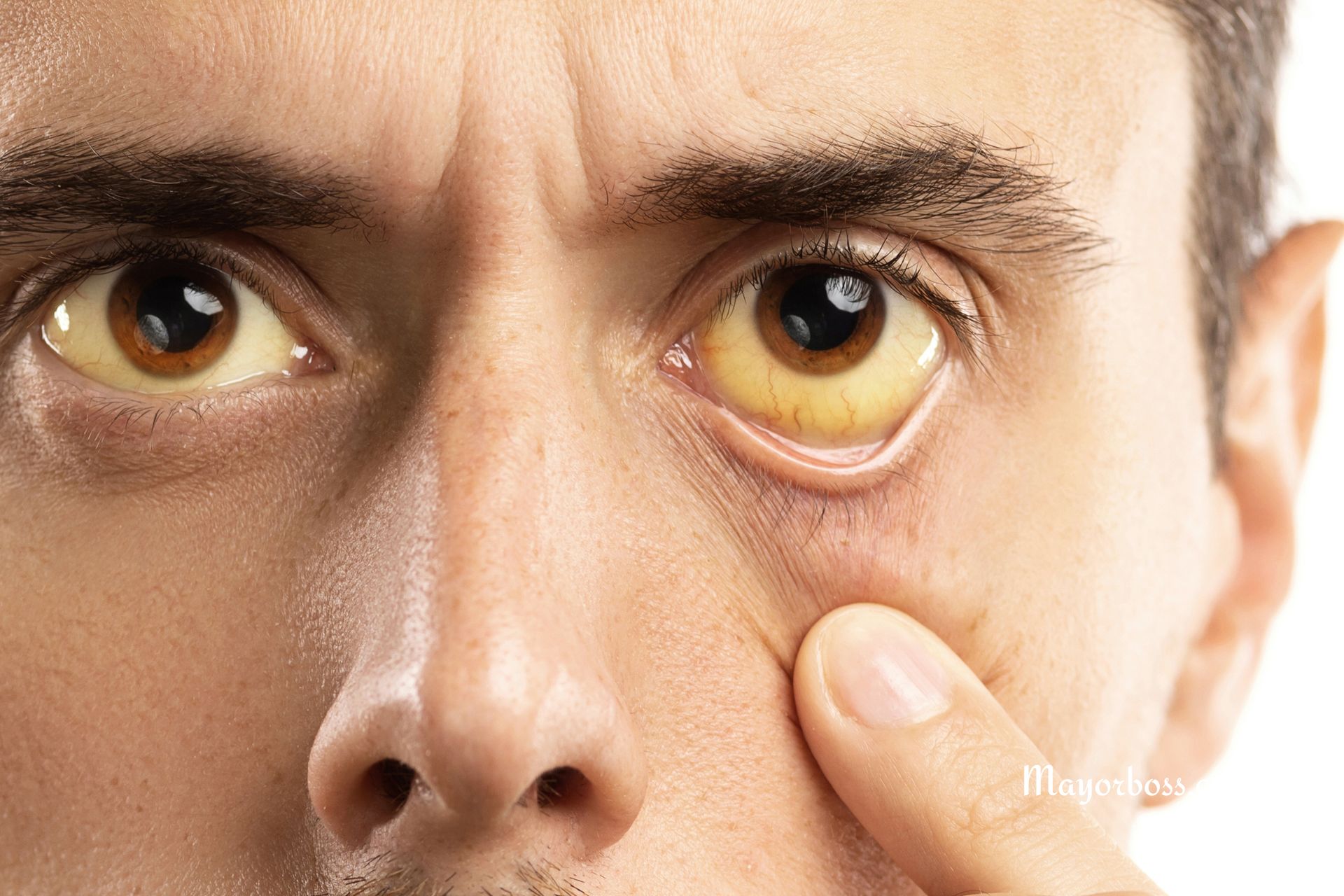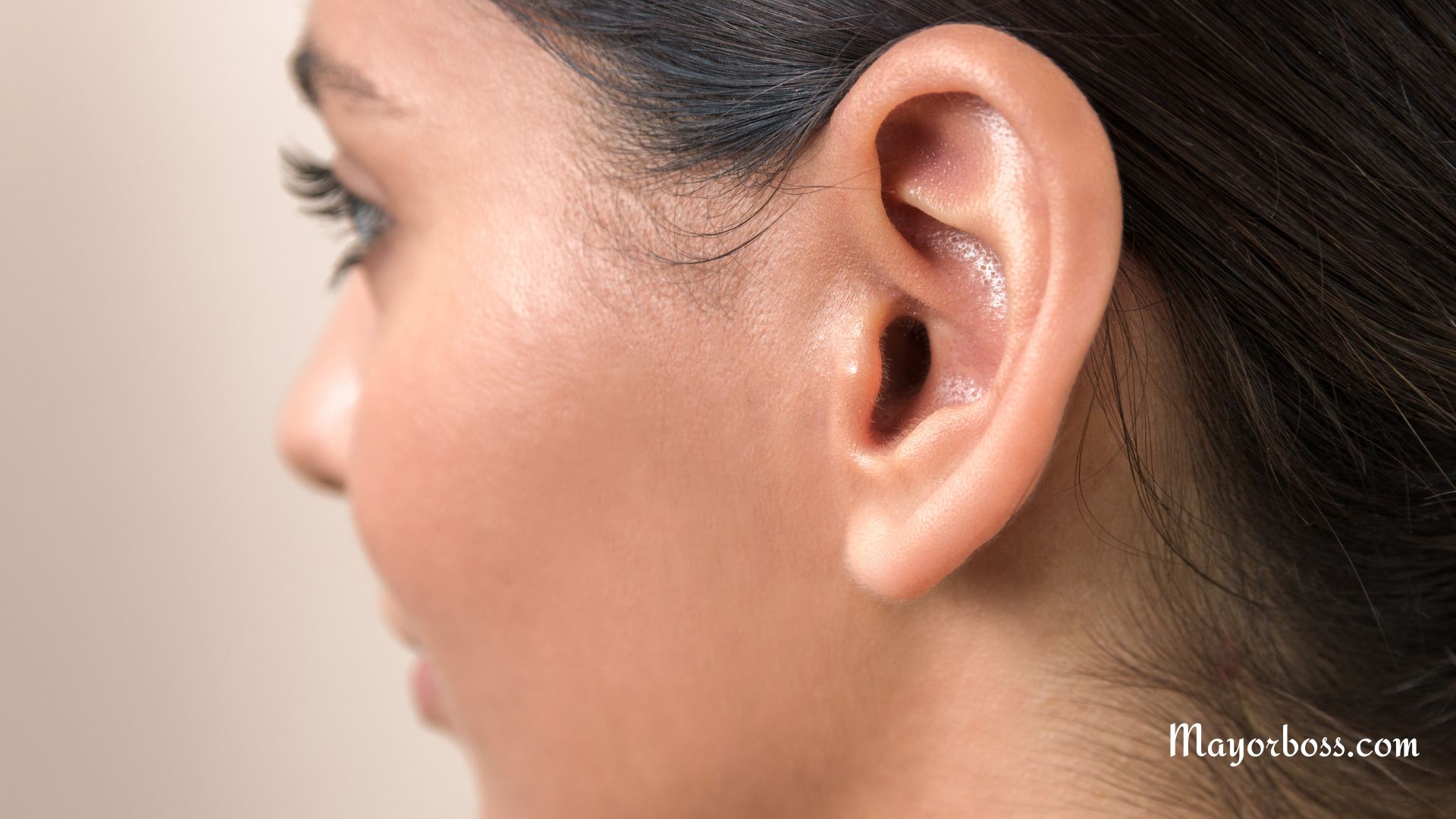7 Signs Of Low Blood Pressure
Have you ever stood up too quickly and felt a sudden wave of dizziness wash over you? Perhaps you have gone through moments when everything around you seemed to spin. These episodes might be harmless, but they could also hint that your blood pressure is running lower than normal. When a person’s blood pressure falls below the usual range—often defined as under 90/60 mmHg—doctors call it hypotension. If your blood pressure is too low, your heart and brain may not get enough blood to function the way they should. In this article, we will explore seven signs that might point to low blood pressure. We’ll also discuss possible reasons behind these symptoms and suggest what you can do if you suspect hypotension.
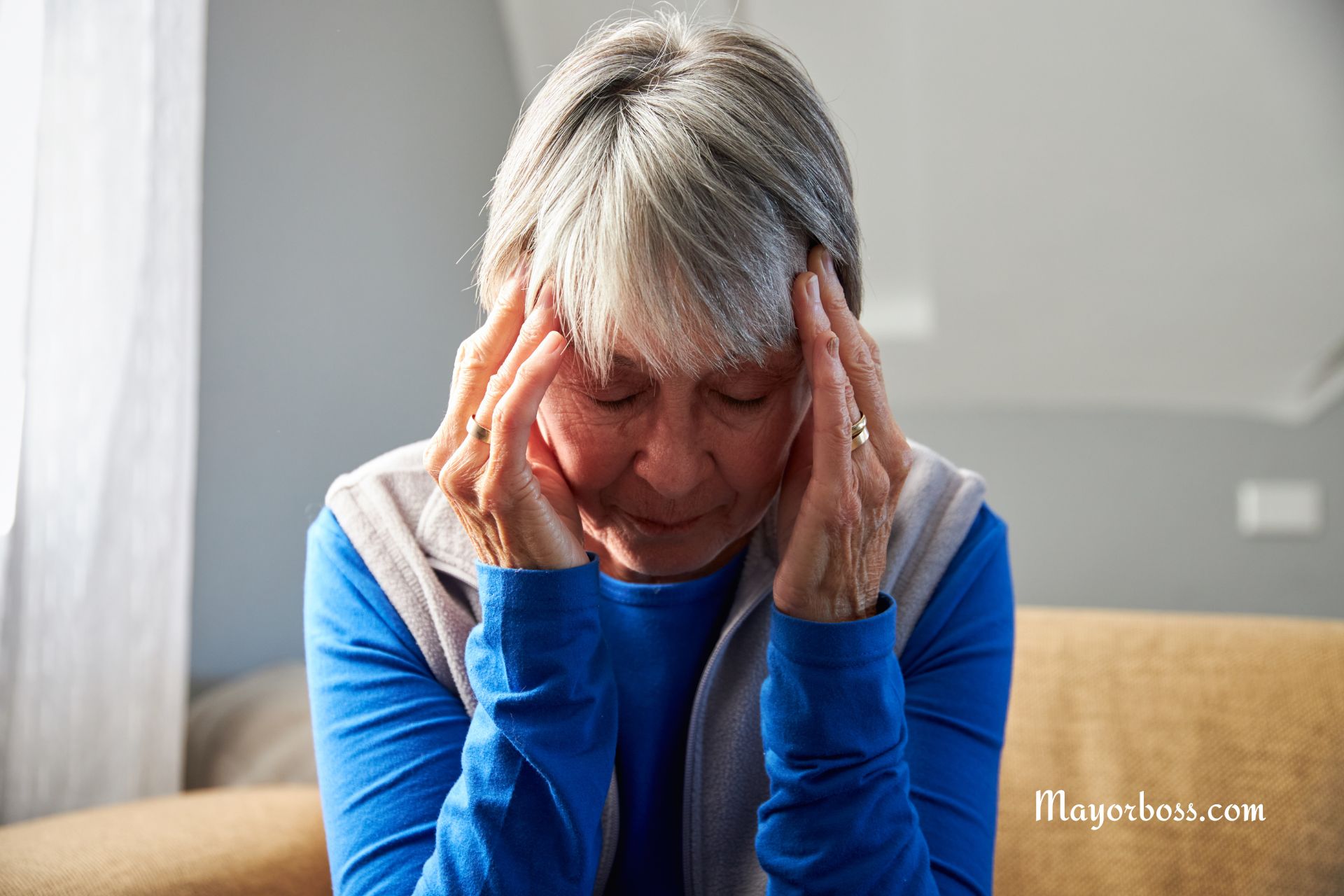
What Is Blood Pressure?
Blood pressure is the force your blood exerts on your artery walls. Your body needs a certain amount of pressure to keep blood flowing and deliver oxygen to various tissues. When the pressure is lower than normal, your cells may not receive enough oxygen. Although many folks are more familiar with high blood pressure, having your pressure too low can also disrupt everyday life. Some people naturally have lower readings without any issues. But if you find yourself experiencing unusual symptoms, it could be a sign that your body is not getting the nutrients it needs.
Signs Of Low Blood Pressure
Dizziness and Lightheadedness
One of the most common clues that your blood pressure might be on the low side is feeling dizzy or lightheaded. These sensations tend to happen most often when you rise from a chair or get out of bed too fast. When you stand, gravity pulls blood toward your lower half. Normally, your body adjusts by quickly narrowing blood vessels and increasing your heart rate. In folks with low blood pressure, these adjustments may not happen as effectively, causing a drop in the amount of blood reaching the brain.
This drop in blood supply can produce that wobbly, lightheaded feeling. If you notice that dizziness regularly occurs when you shift positions, you might be experiencing something called orthostatic hypotension. It’s wise to record these episodes so you can share them with your healthcare provider later on.
Fainting or Near-Fainting
If you’ve ever felt like your knees might give out or that you might black out at any moment, you know how frightening it can be. Fainting (also called syncope) happens when the brain doesn’t receive enough blood. Without proper blood flow, the oxygen supply to the brain dips. As a result, you lose consciousness for a short period.
People who struggle with low blood pressure sometimes experience repeated episodes of fainting or near-fainting spells. These may be triggered by standing for extended periods, being in hot surroundings, or even during moments of sudden stress. If you find yourself fainting often, it’s important to seek professional help. Your physician might suggest tests to decide if there are underlying conditions, such as heart problems or hormone imbalances.
Nausea and Vomiting
Nausea—along with occasional vomiting—can be a subtle sign of low blood pressure. When blood pressure drops, your digestive system may not receive the blood flow it needs, causing upset in your stomach. Moreover, if you feel dizzy, that dizzy spell can intensify queasiness.
Many factors can make you feel sick to your stomach, from motion sickness to migraines. However, if nausea or vomiting seems to come out of the blue, or if you notice it frequently when rising or standing in crowded rooms, it may point to a drop in blood pressure. Drinking water can sometimes help, as it boosts the volume of blood circulating in your body.
Cold, Clammy Skin
Another warning sign of low blood pressure might show up on your skin. If your body suspects it isn’t getting enough blood flow, it will try to protect your vital organs—like your brain and heart. One way your body adapts is by narrowing small blood vessels in areas such as your skin. This helps direct blood inward, closer to your core.
As a consequence, your skin might become cool to the touch, especially in your hands and feet. It can also become clammy or damp with sweat. Some people notice that their skin even looks pale or grayish. These changes can be distressing if you’re not sure what’s causing them. If cold, clammy skin appears alongside other symptoms, such as dizziness and fatigue, you might want to have your blood pressure checked.
Blurred Vision
When your brain is not the only organ receiving less blood, your eyes can also suffer. The small vessels in your eyes require stable pressure to function properly. A sudden or frequent drop in blood pressure might temporarily disrupt your vision. You might see spots, experience blurry details, or find that objects seem fuzzy.
Blurred vision from low blood pressure often occurs during quick position changes. For instance, you might be seated, then stand, and immediately notice haziness in your eyesight. In many cases, this symptom goes away after you sit down or lie back, allowing your body to regain equilibrium. Even so, repeated bouts of blurred vision should not be overlooked, as they may be connected to issues beyond low blood pressure.
Fatigue or Weakness
Feeling excessively tired or weak is another major sign that your blood pressure could be lower than ideal. If the pressure drops, less fuel reaches your muscles and organs, causing them to work less efficiently.
This can lead to a general sense of weariness or exhaustion, even after mild activities. You might find that you tire out quickly on your morning walk or that going up a flight of stairs feels unusually demanding. Sometimes, people also experience trouble concentrating or staying alert. If you notice persistent fatigue that doesn’t improve with rest, be sure to seek medical advice.
Rapid, Shallow Breathing
When blood pressure dips, your body may increase your breathing rate in an effort to deliver more oxygen-rich blood to your tissues. Instead of taking deep, steady breaths, you might experience faster, shallower ones. You could also notice your heart beating quicker than usual as your heart tries to make up for the lower pressure by pumping blood more rapidly.
This rapid breathing can lead to lightheadedness and shortness of breath, especially if you’re carrying out tasks that require exertion. If you feel winded simply by making a bed, it may be time to measure your blood pressure and discuss your symptoms with a qualified healthcare professional.
Possible Causes of Low Blood Pressure
Low blood pressure can be triggered by various conditions or circumstances. Some folks have it inherited through family traits. Others may develop it due to dehydration, bleeding, infections, or heart issues. Certain medications—like those prescribed for high blood pressure or depression—can also bring your pressure down more than expected. Hormone problems, such as those involving the thyroid or adrenal glands, can be another cause.
What You Can Do
If you experience these symptoms from time to time, simple steps might help. Drinking more water can increase the amount of blood in your body. Adding a bit more salt to your meals (within reason) may support a healthier blood pressure level. Avoid getting up too rapidly from a lying or seated position. When you first wake up, try sitting on the edge of your bed for a few moments before standing. If symptoms persist or worsen, consult a doctor who can review your medical history, run tests, and guide you toward the right treatment.
Conclusion
Low blood pressure, or hypotension, can manifest in ways you might easily overlook, such as dizziness, fainting spells, nausea, cold skin, and fatigue. While some individuals naturally maintain lower blood pressure without any problems, others may struggle with uncomfortable or concerning symptoms. By paying attention to how you feel—especially when you stand up quickly, spend time in hot weather, or skip meals—you can catch potential warning signs early. If you suspect you have low blood pressure, set aside some time to talk with your healthcare provider about your concerns. Proper management of your blood pressure can support a healthier heart, brain, and overall sense of well-being.

